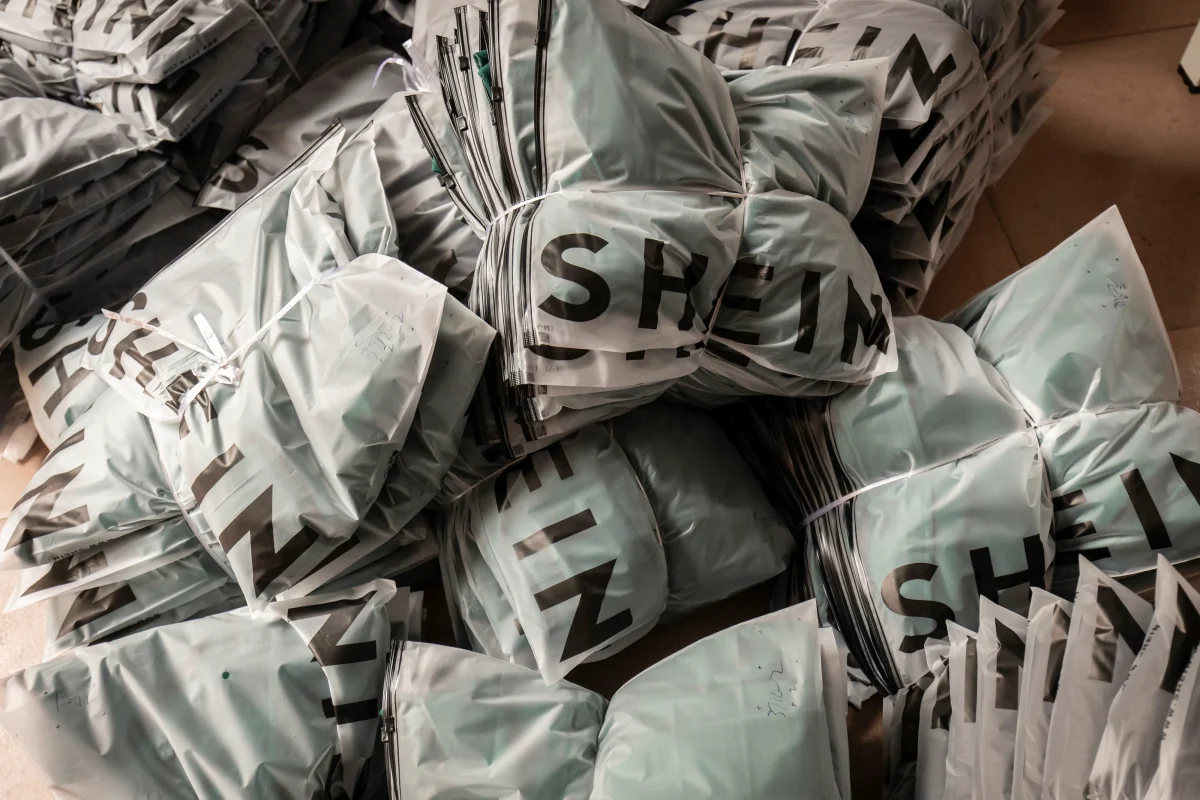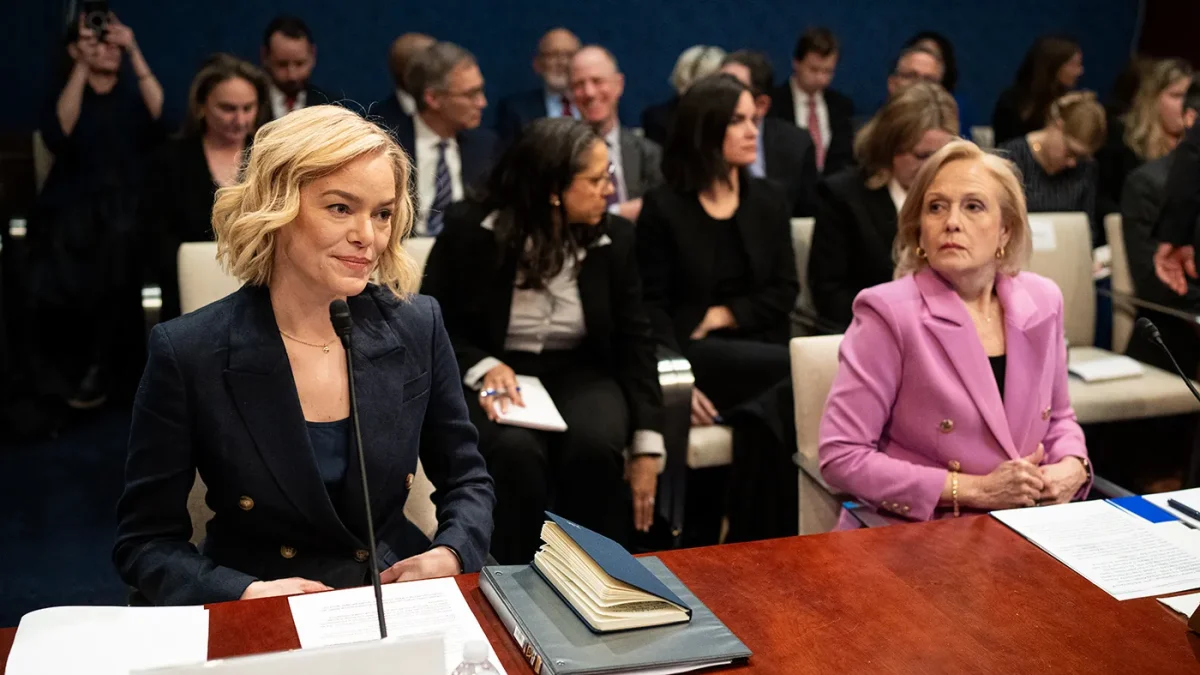Ah… coffee. A mixture of hot water and ground coffee beans that is usually drowned in milk, sugar, or other flavorings like syrups and spices. One billion people need this caffeinated drink world wide to even function, even students our age have incorporated this specialized hot water into their daily lives. But, what if I told you that coffee is being affected by the heavy tariffs that Trump is imposing?
That’s right. President Trump announced his “Liberation Day” tariffs yesterday, including new fees between 10% and 46% on imports from 13 of the world’s top 20 coffee-producing countries.
The countries that are being the most affected by excessive tariffs are:
- Vietnam (46%)
- Myanmar (44%)
- Thailand (36%)
- China (34%)
- Indonesia (32%)
- Switzerland (31%)
- India (27%)
- Malaysia (24%)
- European Union (20%)
- Nicaragua (18%)
- Nigeria (14%)
- Democratic (14%)
- Indonesia (32%)
Even though you don’t specifically choose which country you get your coffee from, your favorite coffee stores like Starbucks and Scooters will be affected by these tariffs. For example Starbucks, the new tariffs could potentially force Starbucks to either absorb higher costs, leading to reduced profit margins, or pass those costs onto consumers through higher prices. And, let’s not forget that we already have a 10% tariff on coffee already! These tariffs could potentially lead to a decline in coffee or just no coffee at all. Thankfully, there are solutions to getting around these tariffs. Some businesses are diversifying supply chains, managing financial impact though operational efficiency improvements, and exploring new market opportunities. There are also many other solutions some companies are coming up with, so we aren’t all the way in danger. Just be prepared to pay $7.00 for one small cup of coffee, or pay even more just to make it at home.
Let’s hope that our favorite hot coffee and ground beans don’t stop coming to the U.S.


